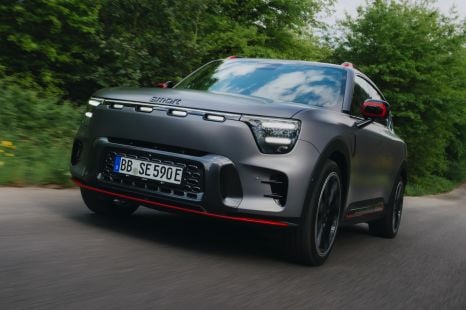

James Fossdyke
5 Days Ago
As Chinese brands continue to expand Down Under, Chery is one to keep an eye on if you're in the market for a new car.

Marketplace Journalist
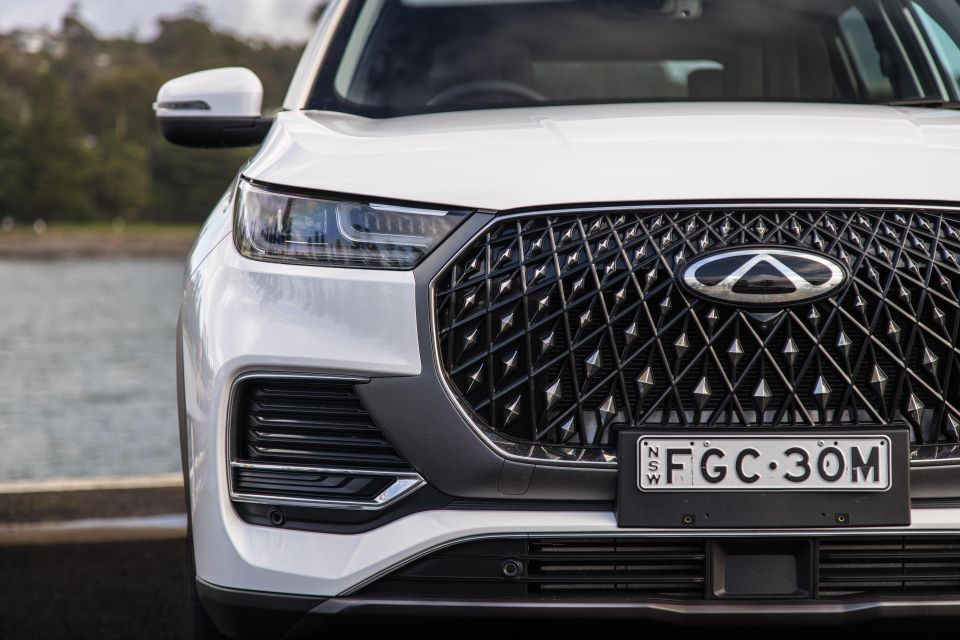

Marketplace Journalist
Chinese cars are growing in sales every year, and Chery is one brand making an effort to capitalise on increasing interest.
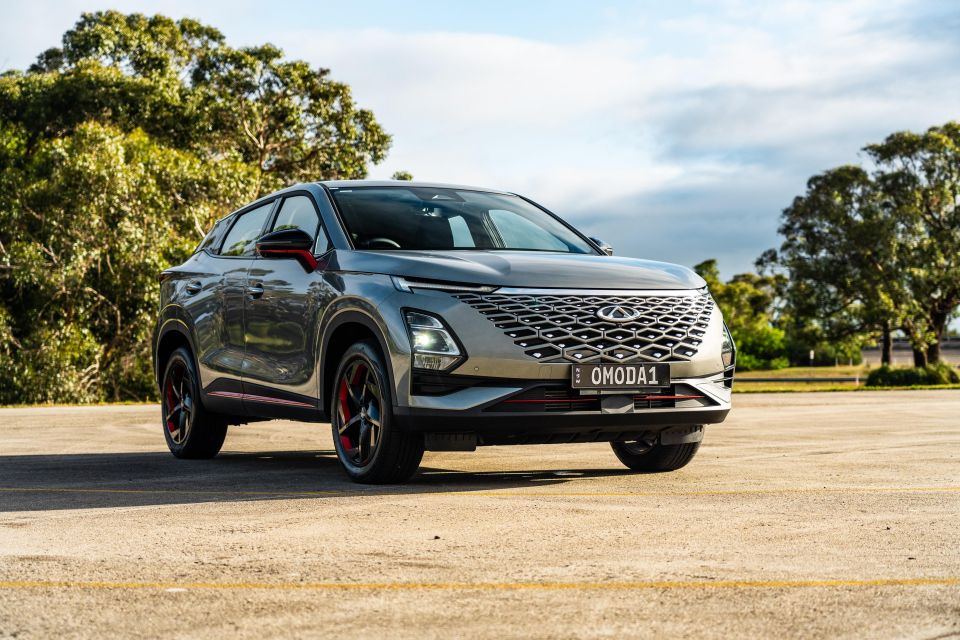
It arrived in Australia (for the second time) in 2023, and now offers a range of three SUVs competing with automotive heavy hitters like Mazda and Mitsubishi. There’s more on the way, too.
Chery is fighting other Chinese brands in Australia too, with the scope for competition expanding with the arrival of each new model from the country.
If you’re in the market for an SUV and are willing to take the leap away from familiarity of Australia’s mainstream brands, here’s an overview of everything you should know about Chery.
Chery was founded in 1997 and is headquartered in Wuhu, Anhui, China. Since that time it’s grown to become the second-most exported Chinese manufacturer, with 925,000 units exported globally in 2023.

It sits behind MG parent company SAIC, which recorded a total of 1,090,000 total exports across its various subsidiaries.
Chery is defined as a state-owned corporation, owned by the Wuhu municipal government. It currently offers a wide range of sedans and SUVs overseas, while also managing its subsidiary brands like Jaecoo, Fulwin, Jetour, and iCar.
There are no concrete timelines for those brands to enter the Australian market, but Chery has previously confirmed nothing was off the table in terms of local expansion.
It also said there was a desire to introduce brands like Jaecoo and Exeed in particular, in an attempt to attract a more diverse customer group in Australia. The former is due to launch here later this year with a boxy mid-sized SUV known as the J7, which will go up against the Toyota RAV4.
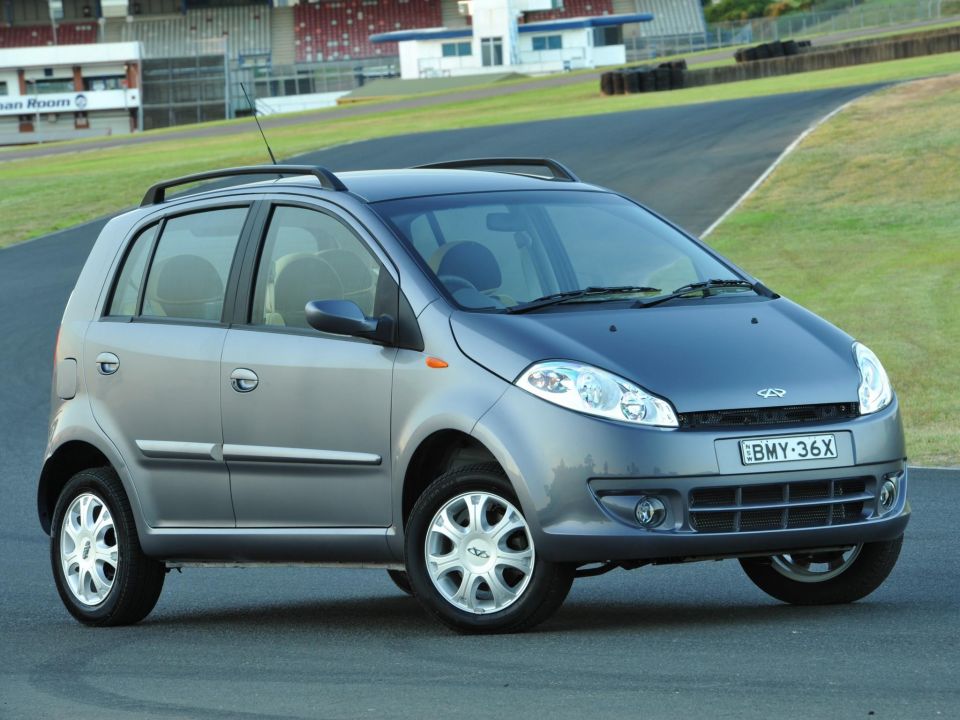

The brand first entered Australia in 2011, under the likely impression that Australia could serve as a good proving ground for its latest models. It was also following in the footsteps of Great Wall Motors (GWM), which had already opened the door for Chinese brands in Australia.
With the help of local distribution by Ateco, Chery began with the J11 small SUV and the J1 light hatch, which was soon followed by the larger J3 hatch. For a short period of time, the J1 was one of Australia’s cheapest cars at just $9990 drive-away.
The J3 and J11 later adopted similar pricing strategies to undercut its rivals, often utilising drive-away deals in the process. Chery’s two larger cars were as cheap as $12,990 drive-away and $17,990 drive-away respectively.
The J1 was eventually discontinued after failing to meet regulations requiring electronic stability control. The model peaked at 1822 sales in Chery’s first year in Australia.
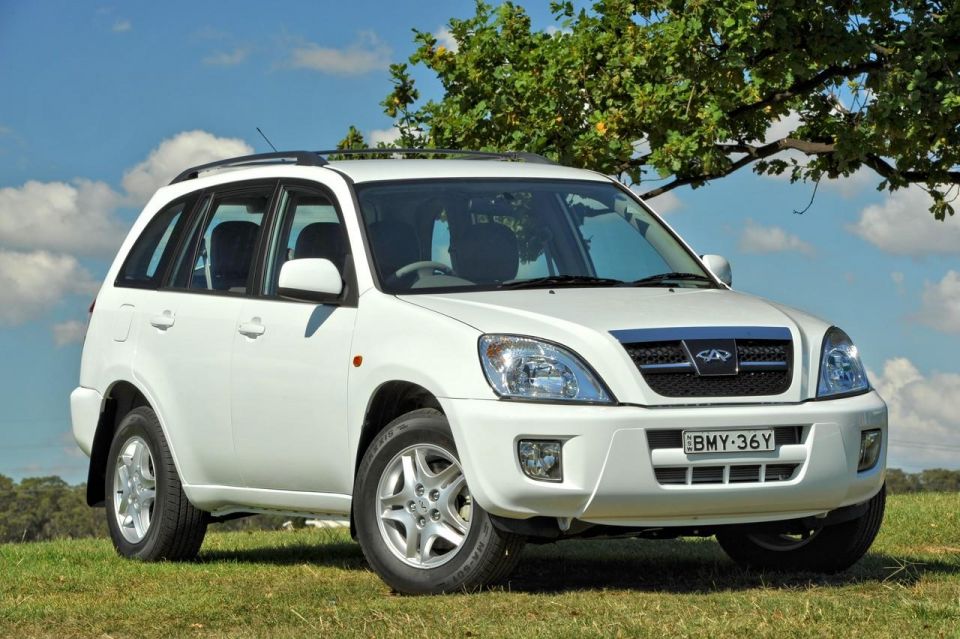
Its models also achieved poor ANCAP safety ratings, including three stars for the J1 – which prompted a safety recall – and two stars for the J11.
Despite some updates bringing new looks, engines, and mandated safety tech, Ateco ended sales in 2015. The brand had sold a total of 4670 vehicles up to that point.
Chery has since decided to give the Australian market another go, and returned Down Under in 2023. It re-launched with the Omoda 5, which started deliveries in March 2023.
The brand’s latest Australian foray has factory backing from China, instead of teaming up with an independent distributor. It has a growing network of more than 70 local dealers, and has invested $15 million in growing its Australian parts supply.

In its first year, more than 5000 Omoda 5 examples were sold. It made up the vast majority of the brand’s 2023 local sales, and it was followed by the Tiggo 7 Pro later in the year.
Its third Australian model, the Tiggo 8 Pro Max, went on sale here earlier this year. It’s a seven-seat SUV, and like the rest of the range it boasts sharp pricing against some of its more established rivals.
Sales numbers have grown quickly. But they haven’t yet caught up to the more established MG and GWM brands, which have taken the lead for Chinese manufacturers operating in Australia with a wider variety of vehicles available – ranging from affordable small hatches to SUVs and utes.
MORE: Everything Chery
With its growing local model range, Chery’s main competition comes from manufacturers with established SUV lineups.

Chinese brands like MG and GWM are the key rivals for Chery as it gains a foothold in the Australian market.
MG currently sells SUVs like the ZS, ZST, and HS, all of which contribute to the brand’s position as a top-10 Australian seller.
GWM similarly offers the Haval Jolion and Haval H6 SUVs, the latter of which sold in similar numbers to the HS last year. The Jolion is the brand’s best-selling model here, helping the brand to sit on the fringes of the top 10 for July 2024 sales.
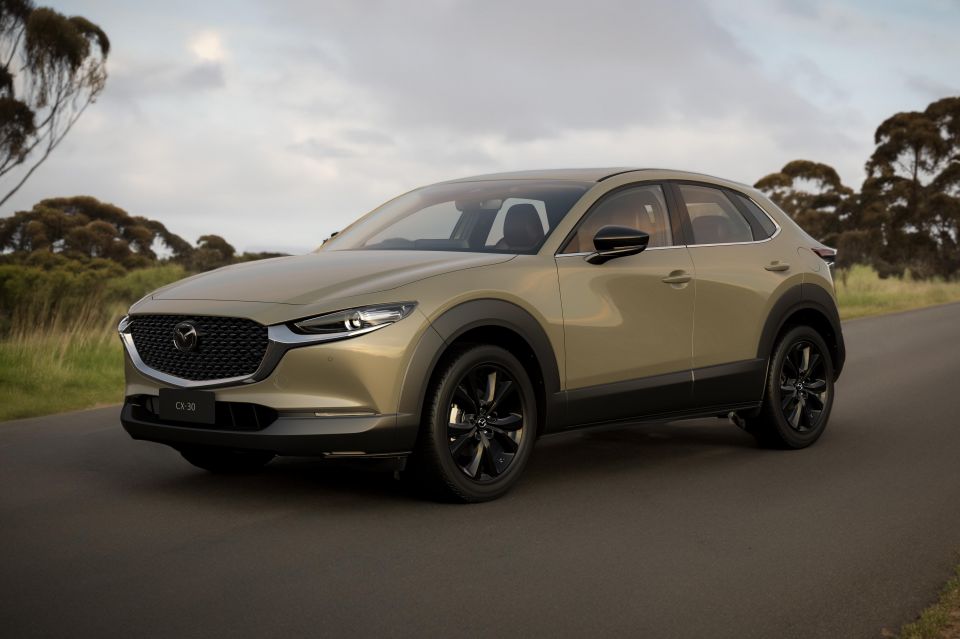
There are some bigger-name brands Chery is taking on too, with brands such as Mazda, Nissan, and Mitsubishi.
Mazda in particular is a strong seller in Australia, with SUV models like the CX-30 and CX-5 ranking among their respective segment leaders.
Even smaller Mazda models like the CX-3 compare to some Chery models on price and equipment, depending on the specific variant.
Chery’s lineup is also closely matched against various Nissan and Mitsubishi models, including cars like the Qashqai, ASX, and Outlander.
MORE: Everything Chery
Chery currently sells three models in Australia: the Omoda 5, Tiggo 7 Pro, and Tiggo 8 Pro Max.
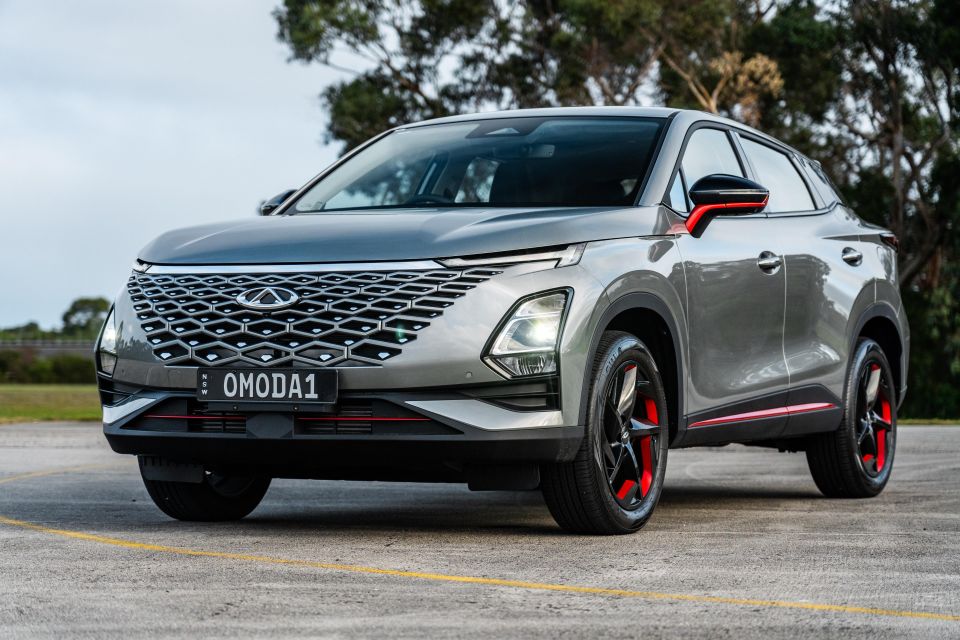
The Omoda 5 was revealed in China in 2021, and was the first car Chery brought to Australia when it re-launched in 2023.
It’s a small SUV and is sold in five different variants; the FX, BX, EX, GT, and GT AWD. They range in price from $27,990 drive-away to $40,990 drive-away and are sold with one of two turbocharged four-cylinder petrol engines.
Two transmissions are offered, one mated with a continuously variable transmission with front-wheel drive, found exclusively in FX, BX, and EX variants.
GT grades come standard with a seven-speed dual-clutch automatic and either front- or all-wheel drive. A full list of equipment and features is available here.
It competes primarily with the GWM Haval Jolion and Mitsubishi ASX, though it’s also comparable to the MG ZS, Mazda CX-30, and Nissan Qashqai in price and size.
To see how the Chery Omoda 5 stacks up against its rivals, use our comparison tool.
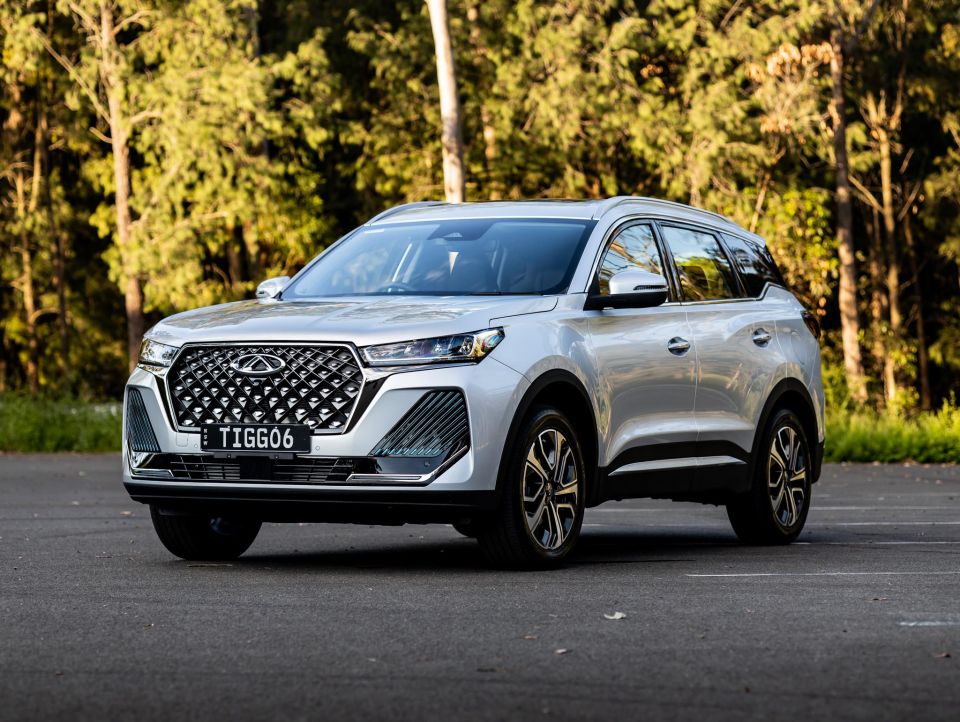
The Tiggo 7 Pro arrived in Australia late in 2023 following the debut of the Omoda 5.
Its arrival wasn’t the first time a Tiggo SUV had been sold here. The J11 SUV that was sold here was known elsewhere as the Tiggo or the Tiggo 3.
The 7 Pro is sold in Urban, Elite, and Ultimate AWD variants, which range in price from $39,990 drive-away to $45,990 drive-away.
One turbocharged petrol engine is available for all three, mated with a seven-speed dual-clutch transmission with either front- or all-wheel drive. A full list of equipment and features is available here.
Key competitors are the Mazda CX-5, GWM Haval H6, and MG HS, with the CX-5 leading the three in sales.
To see how the Chery Tiggo 7 Pro stacks up against its rivals, use our comparison tool.

Rounding out Chery’s Australian lineup is the Tiggo 8 Pro Max. It’s the brand’s largest and most recent vehicle here, as it went on sale earlier this year.
Like the Tiggo 7 Pro it’s sold in Urban, Elite, and Ultimate AWD variants. Prices start at $41,990 drive-away and extend to $47,990 drive-away, which means it’s also Chery’s most expensive car in Australia.
All three are sold with the same turbocharged four-cylinder petrol engine, though it’s larger than what’s available in the other two cars. It still has a dual-clutch transmission with either front- or all-wheel drive.
Click here to read a full article detailing the Tiggo 8 Pro Max’s full specifications, features, and equipment.
As a large SUV it’s competing with cars like the Mitsubishi Outlander and Honda CR-V, along with other seven-seaters like the Nissan X-Trail, Skoda Kodiaq, and Volkswagen Tiguan Allspace.
Chery Australia covers its lineup with a seven-year, unlimited-kilometre warranty. It also offers seven years of capped-price servicing and roadside assistance.
To see how the Chery Tiggo 8 Pro Max stacks up against its rivals, use our comparison tool.
MORE: Everything Chery Omoda 5 MORE: Everything Chery Tiggo 7 Pro MORE: Everything Chery Tiggo 8 Pro Max
In 2023, Chery sold 5890 units in Australia. To the end of July 2024, the brand has sold 5152 units.
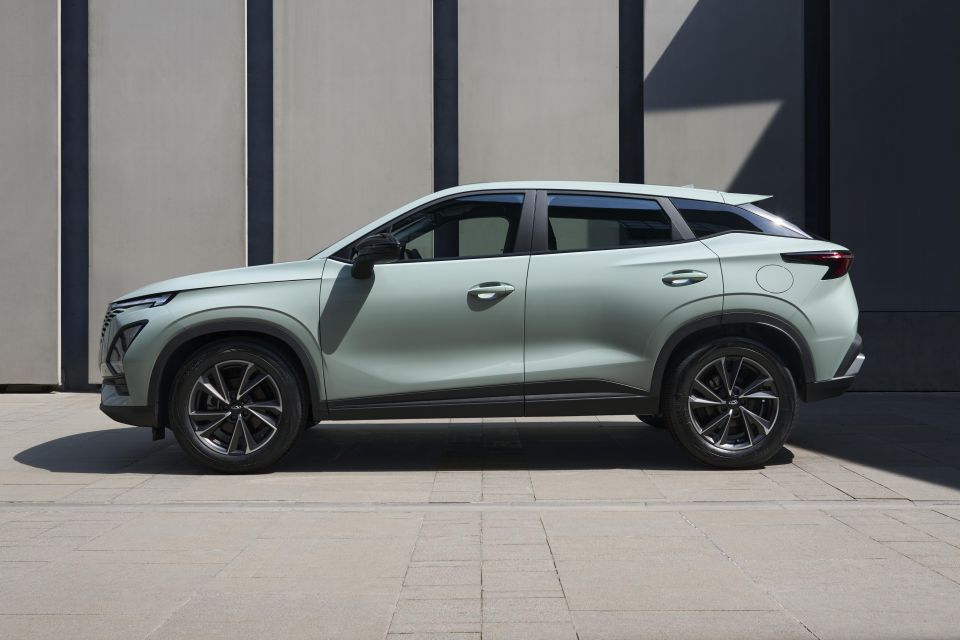
The Omoda 5 continues to be Chery’s best-selling model, as 5370 local examples were sold in 2023. From the start of 2024 to the end of July a total of 3279 have been sold, compared to 13,624 for the segment-leading MG ZS.
Following is the Tiggo 7 Pro, of which 520 units were sold to the end of 2023. In the first seven months of 2024, Chery reported 1434 Tiggo 7 Pro sales. Its best-selling competitor is the CX-5, which had 13,951 sales in the same time.
As it’s the brand’s newest model, the Tiggo 8 Pro Max has recorded the fewest sales. 439 units have been shifted so far this year, compared to 16,553 for its Outlander rival.
Chery is in a hurry to make an impact in Australia. We’ve reported 2023 sales figures did not meet its expectations, despite moving quickly ahead of the likes of Jeep, Cupra, and Peugeot.

While the brand did not outline a sales target for 2024, Chery Australia head of public relations Tim Krieger said the aim was for “solid growth” as the year progresses.
At its launch, Chery said it was targeting a little over eight per cent of the market in each category it occupies, which would mean around 10,000 annual sales for the Omoda 5 alone.
MORE: Everything Chery
Chery will continue to grow in Australia over the coming years, with electric vehicle (EV) tech on the cards for at least one upcoming model.
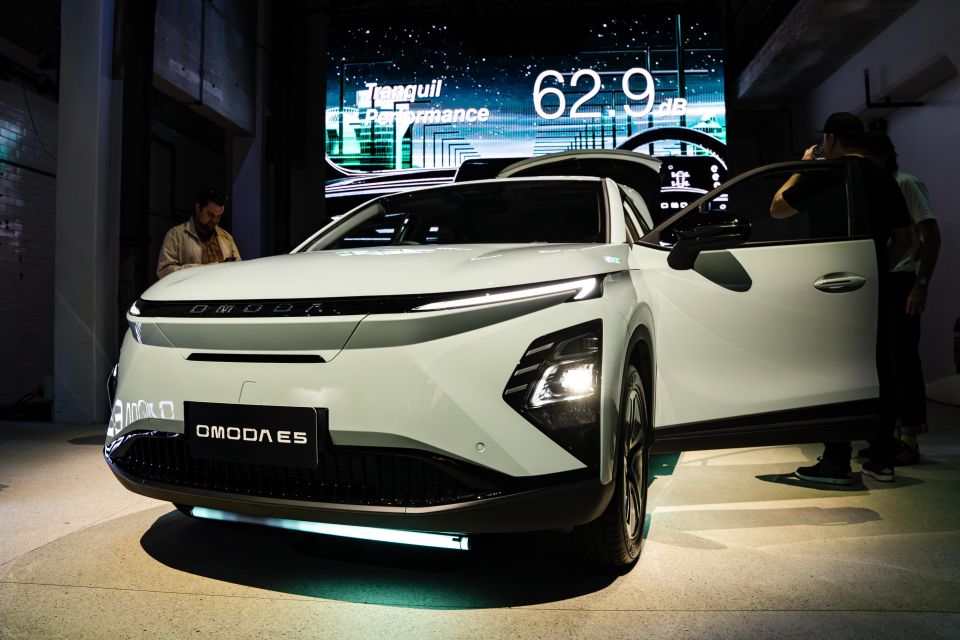
The Omoda E5 will be the brand’s first EV in Australia, and it’s the electric version of the current Omoda 5 SUV. It’s due to arrive in Australia in September, with government documents last month revealing it has been approved for sale.
It’ll be 50mm longer and 6mm wider than the petrol Omoda 5, but pricing is yet to be confirmed. Under the skin will be a front-mounted electric motor with 150kW or power and 340Nm of torque, meaning it’ll be the most powerful Omoda 5 variant sold here.
Chery also claims 430km of range on the WLTP cycle, which will come from a 61kWh lithium iron phosphate battery.
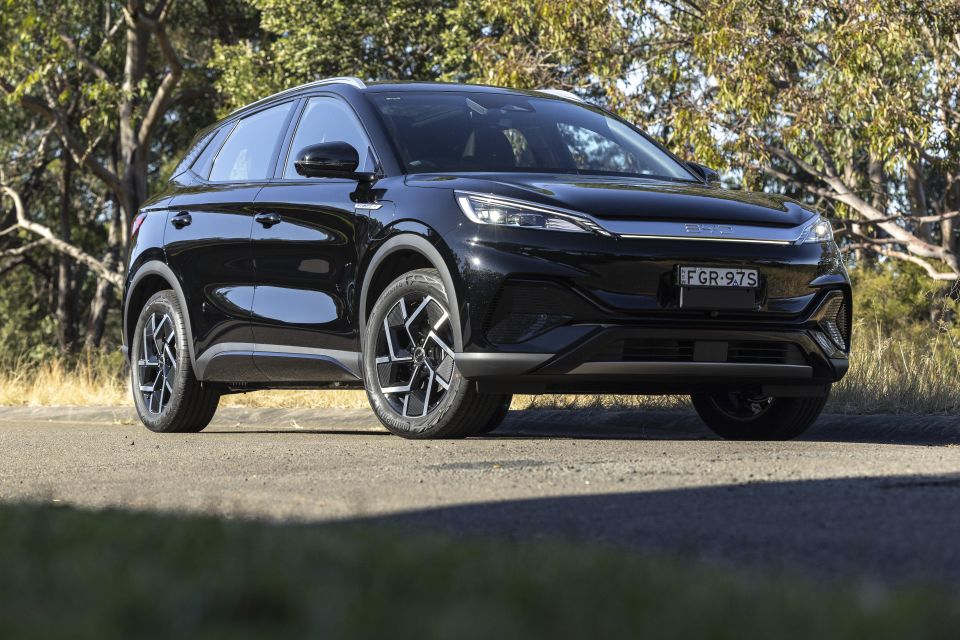
The E5 will be going up against Chinese EVs like the BYD Atto 3 and MG 4. They’re priced at $44,499 before on-roads and $39,990 drive-away respectively.
BYD shifted 4160 Atto 3 examples in the first seven months of 2024, while 3078 MG 4 models have been sold in the same time.
The Extended Range Atto 3 claims a WLTP range of 420km from a 60.48kWh lithium iron phosphate battery, compared to the Long Range 77 MG 4’s claim of 530km from a 77kWh battery pack.
Additionally, the Jaecoo J7 is set to touch down later this year, a RAV4 rival from a brand underneath the overarching Chery umbrella.
MORE: Everything Chery
Take advantage of Australia's BIGGEST new car website to find a great deal on a Chery.
Max Davies is an automotive journalist based in Melbourne, Australia. Max studied journalism at La Trobe University and stepped into the automotive world after graduating in late 2023. He grew up in regional Victoria, and with a passion for everything motorsport is a fan of Fernando Alonso.


James Fossdyke
5 Days Ago
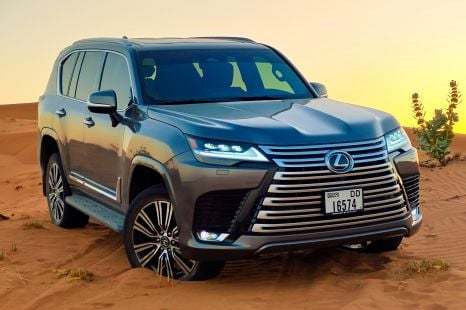

Gautam Sharma
4 Days Ago


Josh Nevett
3 Days Ago


William Stopford
2 Days Ago
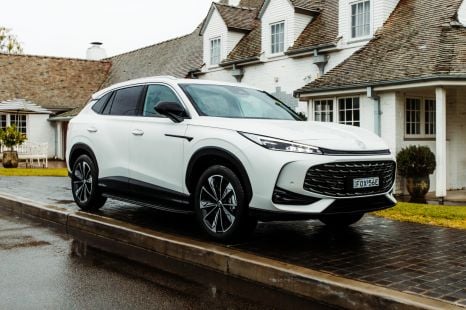

James Wong
13 Hours Ago
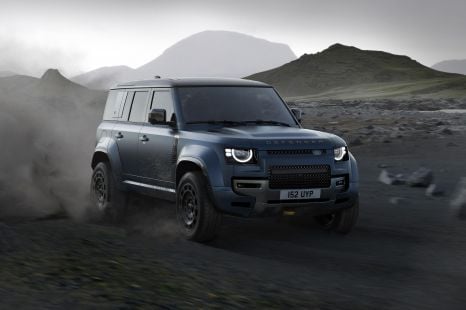

William Stopford
11 Hours Ago